“The Nightingale and the Rose”: Questions of Intention by Aiyana V.
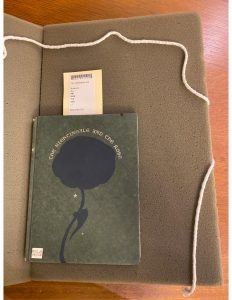 This hardback edition of “The Nightingale and the Rose” by Oscar Wilde was published in 1927 by the Brothers Johnson at The Windsor Press in San Francisco. Considering that the story was originally published in a collection for children in 1888, the fact that this story was published on its own over thirty years later hints at the tale’s popularity. Additionally, the work being published on its own grants more significance and consideration to the story than if it were published in an anthology of Wilde’s other works or similar works of the time. There were only 400 copies of the work published, which indicates that the work was aimed at an exclusive American audience that had had previous exposure to the story and enjoyed it. The size of the book is quite small, which would suggest that this story was intended for
This hardback edition of “The Nightingale and the Rose” by Oscar Wilde was published in 1927 by the Brothers Johnson at The Windsor Press in San Francisco. Considering that the story was originally published in a collection for children in 1888, the fact that this story was published on its own over thirty years later hints at the tale’s popularity. Additionally, the work being published on its own grants more significance and consideration to the story than if it were published in an anthology of Wilde’s other works or similar works of the time. There were only 400 copies of the work published, which indicates that the work was aimed at an exclusive American audience that had had previous exposure to the story and enjoyed it. The size of the book is quite small, which would suggest that this story was intended for
children. I find this ironic because of the melancholic content of the work. Upon reading the story in class, I assumed the intended audience was older in age because of the slow and explicit death of the Nightingale. In terms of formatting, the pages are smaller and the text is larger. This again contributes to the sensation of reading a storybook and prompts me to question the intended audience of this edition. The version of the story we read in class had more text per page, which implies a more adult audience reading this work in a larger book.
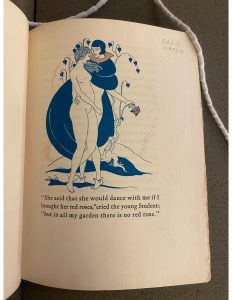 On the first page of the book, there is a large image of the Student and his love interest. They are tilted toward one another in what appears to be a loving embrace in front of a tree. The Student has a cloak on and is holding the red rose that the Nightingale presumably died for. The girl is naked and has her head resting on the Student’s shoulder. Under the image is the first sentence of the work. The fact that the sentence is the only one on the page places greater emphasis on it than did the version we read for class. This is because the sentence in our version was closer in proximity to the other words and did not stand out as much. This central image changed the way I read the work because the couple seem to come from a fairy tale with a “Happily Ever After” ending, and so I entered the work more optimistically.
On the first page of the book, there is a large image of the Student and his love interest. They are tilted toward one another in what appears to be a loving embrace in front of a tree. The Student has a cloak on and is holding the red rose that the Nightingale presumably died for. The girl is naked and has her head resting on the Student’s shoulder. Under the image is the first sentence of the work. The fact that the sentence is the only one on the page places greater emphasis on it than did the version we read for class. This is because the sentence in our version was closer in proximity to the other words and did not stand out as much. This central image changed the way I read the work because the couple seem to come from a fairy tale with a “Happily Ever After” ending, and so I entered the work more optimistically.
Overall, the framing of this edition has fostered questions regarding the dichotomy between what audience is attracted by the way a work is framed and what audience is actually appropriate given the content matter. The central image of the work also provokes questions regarding the message that Wilde is sending concerning the relationship between humans and nature. Is this short story a commentary on the exploitation of nature, or are there other interpretations? An additional interpretation is that the image acts as a method to characterize the Student’s love interest. Portraying the girl as naked strips her of her individuality and serves as a means of objectification. Consequently, the Student’s affection seems shallow, which is supported at the end of the story when the girl is revealed to be undeserving of the Nightingale’s sacrificial death.
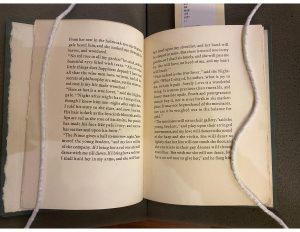
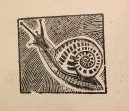
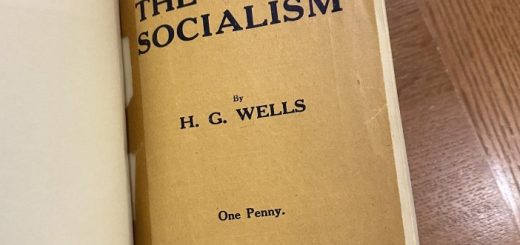



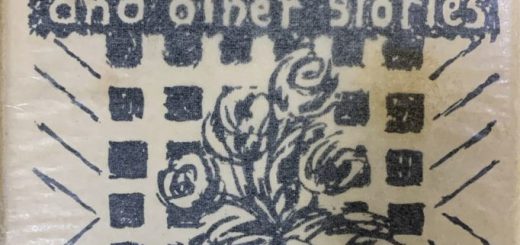
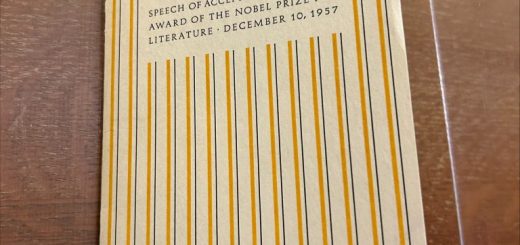

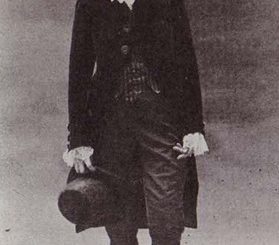

Recent Comments